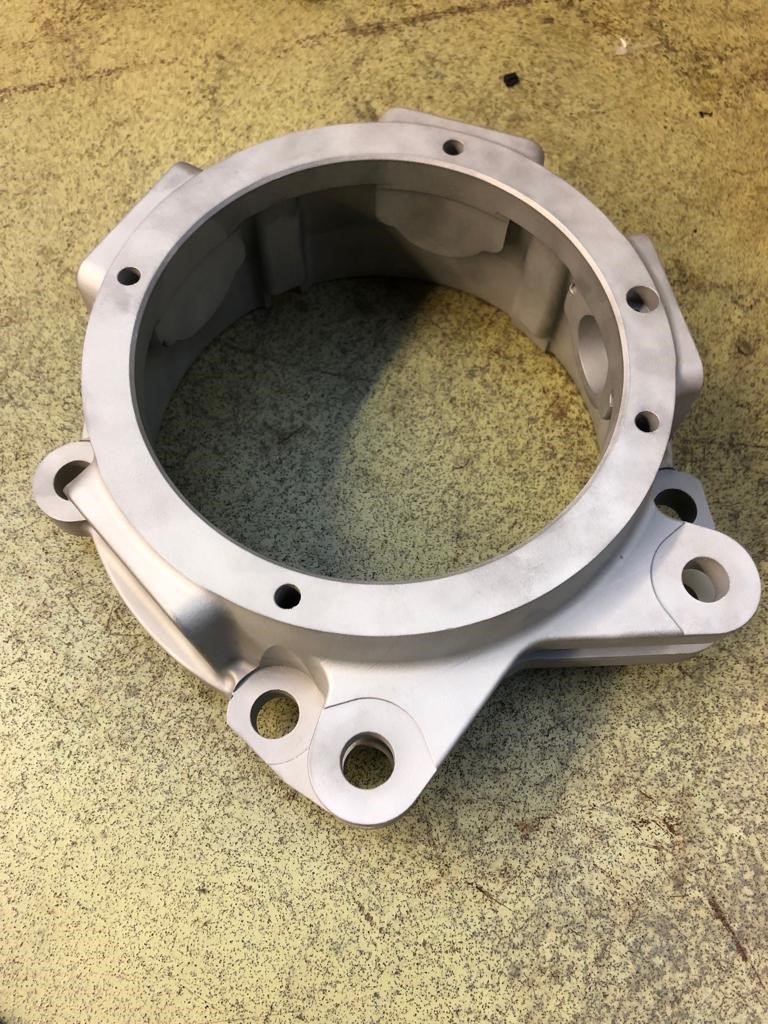Use case
Railway axle box – Direct printing increases surface quality and accuracy compared to standard solution
Category
Lightweight, Prototype, Spare Part
Branch
Rail
Railway axle box covers are traditionally produced using sand casting, a complex, expensive and time-consuming process. SKF has successfully demonstrated the use of 3D printing technology for creating sand molds, which allows flexible customization and reduces production time significantly.
In addition to these developments, SKF has also validated the use of selective laser sintering as an alternative production method for housings in light alloys, such as aluminum.
The main advantage compared to the standard process, sand casting, and even to sand cast mold 3D printing, is lead time: there is no more need to design a mold - the part is obtained in one operation. Moreover, the surface quality and accuracy are even better than when using the traditional sand cast, which significantly reduces the need for post-machining.
The drawback is that the materials are not the same as for traditional casting, even if they can reach or exceed the required performance.
The technological capability has been demonstrated on an axle box cover for a high-speed train. For further implementation for prototypes, spare parts or even small lot production, additional work is needed for part approval processes.
As production process and material are not the same as for sand casting, each geometry requires full fatigue testing with the current regulation. A move to a process-based approval and homologation would help to democratize the technology.

